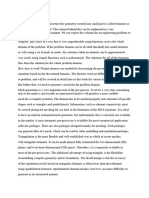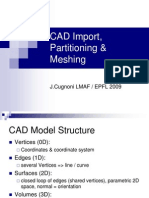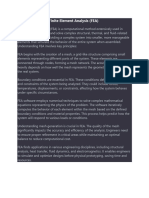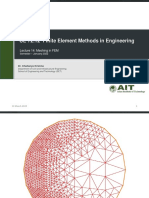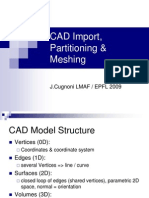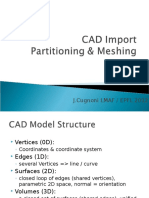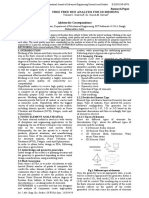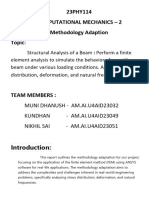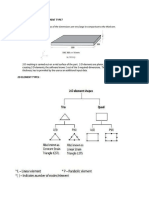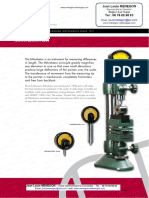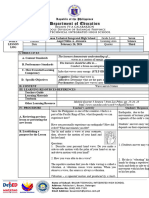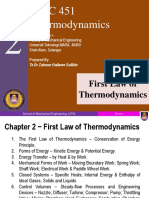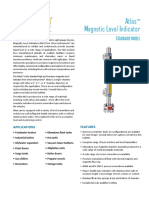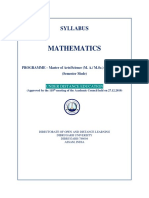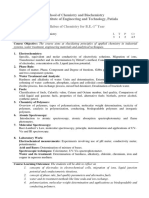0% found this document useful (0 votes)
26 views2 pagesMeshing Tips
Meshing is essential in Finite Element Analysis (FEA) as it influences accuracy, convergence, and computational cost. Key tips include selecting the appropriate element type, maintaining good mesh quality, refining mesh in critical areas, and optimizing mesh density for performance. Utilizing meshing tools and features can further enhance the quality of the mesh and improve analysis outcomes.
Uploaded by
Harish KusaCopyright
© © All Rights Reserved
We take content rights seriously. If you suspect this is your content, claim it here.
Available Formats
Download as DOCX, PDF, TXT or read online on Scribd
0% found this document useful (0 votes)
26 views2 pagesMeshing Tips
Meshing is essential in Finite Element Analysis (FEA) as it influences accuracy, convergence, and computational cost. Key tips include selecting the appropriate element type, maintaining good mesh quality, refining mesh in critical areas, and optimizing mesh density for performance. Utilizing meshing tools and features can further enhance the quality of the mesh and improve analysis outcomes.
Uploaded by
Harish KusaCopyright
© © All Rights Reserved
We take content rights seriously. If you suspect this is your content, claim it here.
Available Formats
Download as DOCX, PDF, TXT or read online on Scribd
/ 2







